Research programs
To enable it to carry out relevant expert assessments, IRSN develops its own research programs, with priority given to national and international collaboration through creating partnerships and mixed research units. The Institute also participates in numerous international research programs.
For IRSN, this means anticipating future questions on changes and control of risks from nuclear activities and developing new research themes on accidents and crisis management where IRSN supports the public authorities.
A few current research programs are detailed in the page below.
Safety in nuclear facilities
Research programs on fuel behavior
One of the major safety objectives of nuclear facilities is thus to contain radioactivity in all circumstances. IRSN carries out R&D programs to understand the behavior of the first containment barrier in the various accident situations that could occur in a PWR.
Reactivity injection accident
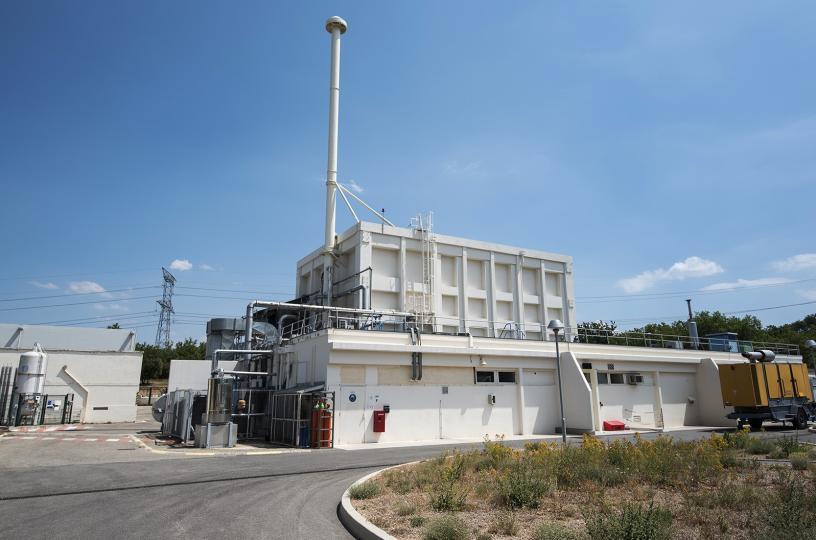
CABRI international program (CIP)
The actors of the international CABRI study the reactivity incidents to ensure the extraction of a maximum of energy from the fuel by extending the residence time in reactors.
Loss-of-coolant Accident
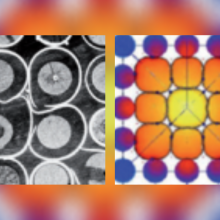
PERFROI project
The PERFROI experimental research project, launched in January 2014 for a six years long period, aims to better understand the cooling behavior of a nuclear reactor core in case of a loss of coolant accident (LOCA).
LOCA in spent fuel pools
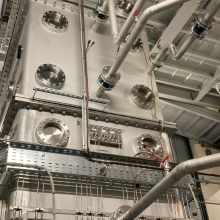
DENOPI project
The DENOPI project aims to acquire experimental data on the physical phenomena associated with a spent fuel pool loss-of-cooling and loss-of-coolant accidents.
Other research programs
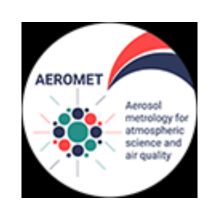
AEROMET project
Launched in 2017 for three years, the European AEROMET project aims to develop and demonstrate methods for traceability and calibration of different aerosol instruments capable of covering the environmentally relevant size range. The project also has the purpose to provide the necessary EU wide calibration infrastructure for aerosol instruments. The traceability and calibration will consider particle size, number as mass concentration and chemistry of particle components.
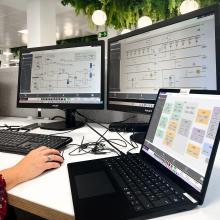
ASSAS project
ASSAS (Artificial intelligence for Simulation of Severe AccidentS) is a project will consist in a proof-of-concept of realistic industrial simulators targeting not only phenomenological training but also potentially accident management training, management guidelines assessment and emergency preparedness and response.

CONCRETE program
The CONCRETE consortium's scientific programme, launched in September 2020 for a period of 4 years, aims to remove the scientific barriers to controlling the ageing of concrete structures, particularly in the case of structures affected by internal swelling reactions classically known as "concrete pathologies".
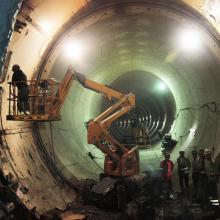
The COSEA project
Launched by the IRSN in December 2015, the COSEA project should enable points for discussion to be proposed on the risks associated with joint activity and the tools that could be implemented to prevent them.

ICE project
The corium-water interaction (ICE) project mains to improve knowledge of phenomena that may occur during a corium flow in water during a core melt accident in a nuclear reactor.

FIND project
The objectives of the FIND project, is to develop new instrumentation to improve the safety of operating nuclear reactors, in the context of their Long-Term Operation and of the deployment of post-Fukushima safety improvements.
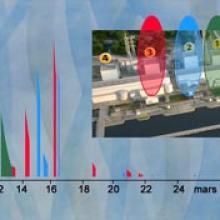
MIRE project
The MIRE (Mitigation of Releases to the Environment in the event of a nuclear accident) project aims to study and improve filtration of radioactive releases during a reactor meltdown accident (referred to as a severe accident).

ODOBA project
The ODOBA (Observatory of the durability of reinforced concrete structures) project was launched by IRSN in 2016 for a period of at least 10 years. The aim of the project is to study concrete pathologies and their consequences for nuclear structures (e.g. Reactor containments).
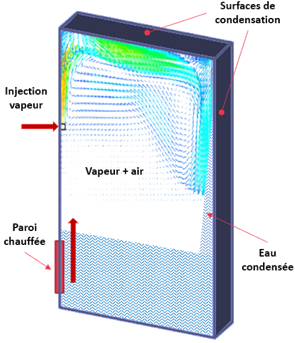
PASTIS project
PASTIS (Passive Systems Thermalhydraulic Investigations for Safety) is a project that aims to study the physical phenomena involved in passive safety systems dedicated to the evacuation of residual power from a light water reactor in incident or accident situations
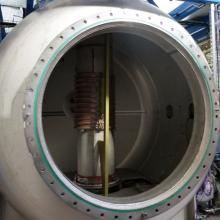
PROGRES project
Launched in 2007, the aim of the Progres (formerly Pearl) research programme is to gain a better understanding of the phenomena involved in the flow of water and steam within a porous medium made up of solid particles at very high temperatures under conditions representative of a core meltdown accident (or severe accident). It involves the Prelude and Pearl installations on IRSN's Thema platform
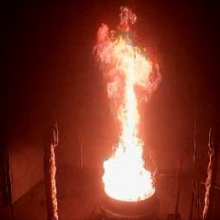
PRISME program
The PRISME program (Spread of a Fire for Multi room elementary Scenarios) is an international research program which experimentally studies the propagation of smoke and heat released by a fire located in a nuclear installation.

R2CA project
The Reduction of Radiological Consequences of design basis and extension Accidents (R2CA) project, launched in September 2019, aim to develop new methods and computer codes (integrating the evaluation of uncertainty) in order to produce more realistic evaluations of radioactive releases resulting from Loss-of-Coolant Accident (LOCA) or of a Steam Generator Tube Rupture (SGTR) accident.

SANDA project
The Supplying Accurate Nuclear Data for energy and non-energy Applications (SANDA) project, launched in September 2019, aims to improve the nuclear data used to simulate the path of particles for radiation protection, radiotherapy, criticality risk assessment or neutron calculations.

SAMHYCO-NET project
SAMHYCO-NET is an international project coordinated by IRSN and supported by the European NUGENIA platform. Launched for 3 years in October 2017, this project will improve the knowledge needed to assess, on the one hand, the risk of a gas explosion in the reactor containment during the late phase of a severe accident and, on the other hand, the means of preventing this risk or limiting the consequences of an explosion. This project should also make it possible to improve severe accident management procedures in the late phase.
Radiation protection for people and the environment
Find below the list of health and environment research projects.
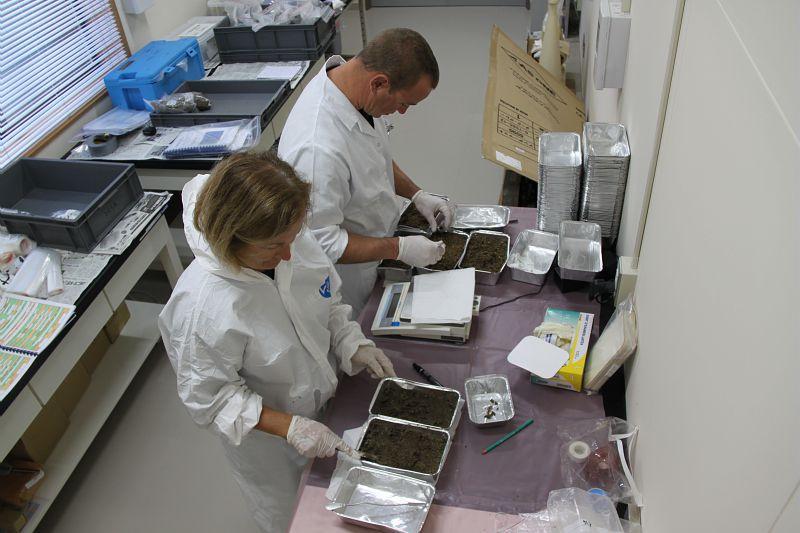
AMORAD project
The AMORAD project aims to answer the key question of how to accurately assess the impact on humans and the environment of a release of radioactive substances. The goal is to optimize the models used to predict radionuclide dispersion in the environment and to assess their impact on two compartments of the biosphere: the marine environment and terrestrial ecosystems (including surface water). Special attention has also been given to the ocean-continent interface.
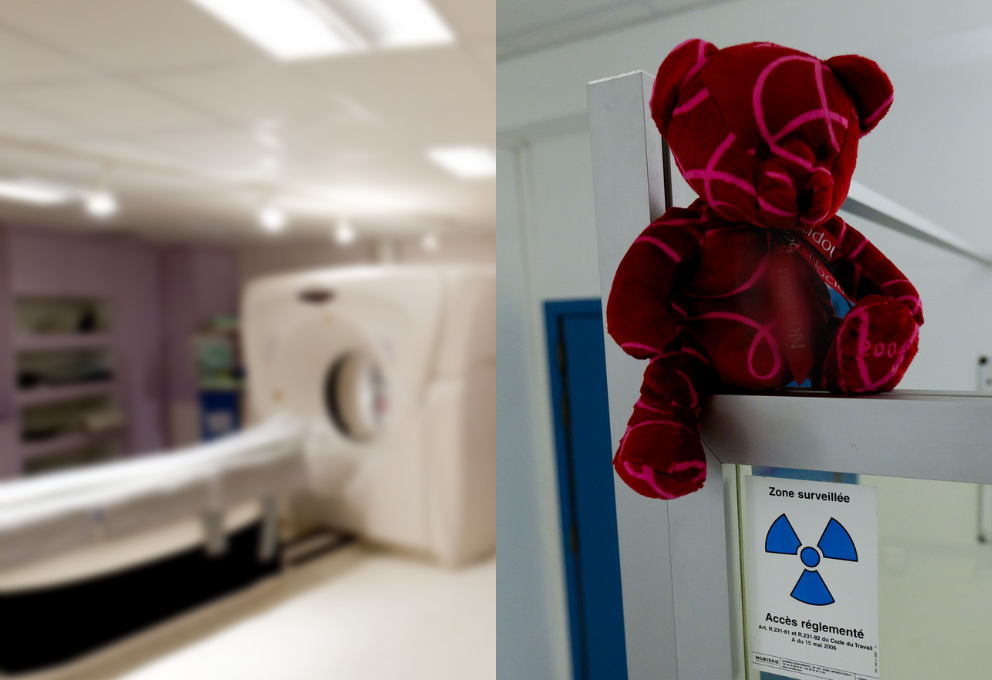
EPI-CT study
EPI-CT (Epidemiological study to quantify risks for pediatric computerized tomography and to optimize doses) is an international epidemiological study that seeks to assess the risk of long-term effects for children and adolescents exposed to ionizing radiation during CT scans. It was launched in 2011 and is coordinated by the International Agency for Research on Cancer (IARC), with partial funding from the European Commission as part of the 7th Framework Program (FP7-Fission-2010-3. 2.1).
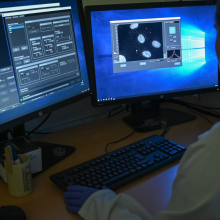
The HARMONIC project
The HARMONIC (Health effects of cArdiac fluoRoscopy and MOderN radIotherapy in paediatriCs) project, launched in June 2019 for a period of 5 years, aims to gain understanding of the long-term health effects of medical exposure to ionising radiation in children, specifically those being treated with modern radiotherapy techniques for cancer or X-ray guided interventional catheterization for cardiac interventions.

INTRUST project
The INTRUST (Innovations Therapeutiques Pour Le Traitement Du Syndrome Gastrointestinal Radio-Induit - Therapeutic Innovations for the Treatment of Radiation-Induced Gastrointestinal Syndrome) project aims to put in place innovative medical countermeasures for the management of radiological exposure resulting in acute intestinal failure.
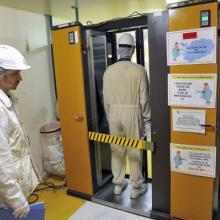
INWORKS study
The INWORKS study is an international epidemiological study of nuclear workers set up in 2011, coordinated by the International Agency for Research on Cancer (IARC) and to which IRSN is contributing. The aim of the study is to improve knowledge of the risks of cancer and non-cancerous diseases associated with protracted exposure to low doses of ionizing radiation delivered at low dose rates.
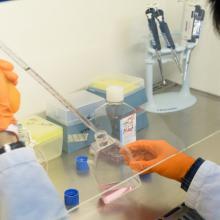
The IXBONE project
Launched in early 2019, to run for a duration of four years, the IXBONE project aims to develop a new cell therapy strategy to limit induced side effects on bone tissue following radiation therapy used in the treatment of cancers of the upper respiratory and digestive tracts. IXBONE receives funding from the ANR (Agence nationale de la recherche) obtained under the 2018 call for projects PRCE (Projet de recherche collaborative-Entreprise).
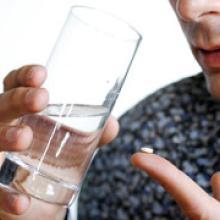
PRIODAC project
The PRIODAC research project (Prophylaxis répétée par l'iode stable en situation accidentelle - Repeated stable iodine prophylaxis in accident situations), coordinated by IRSN, aims to determine the modalities of repeated stable iodine administration. The aim is to ensure the efficacy and safety of this new dosage for different age groups in the population (infants, children, adults, pregnant women and the elderly). PRIODAC is a project financially supported by the French National Research Agency (ANR) as part of the Investissements d'avenir "nucléaire de demain" RSNR 2012 program, launched in 2014 for an initial 5-year period, and extended until 2022.
